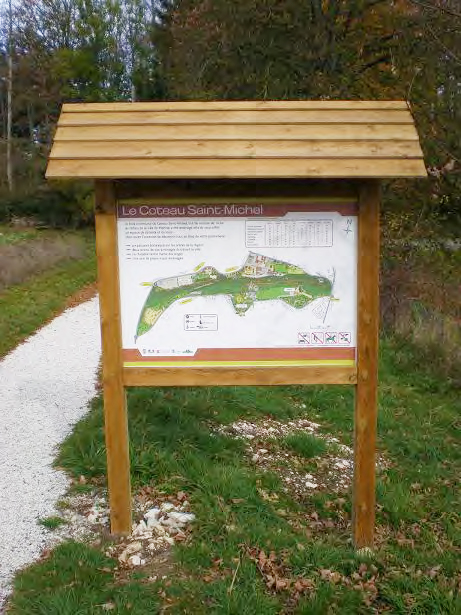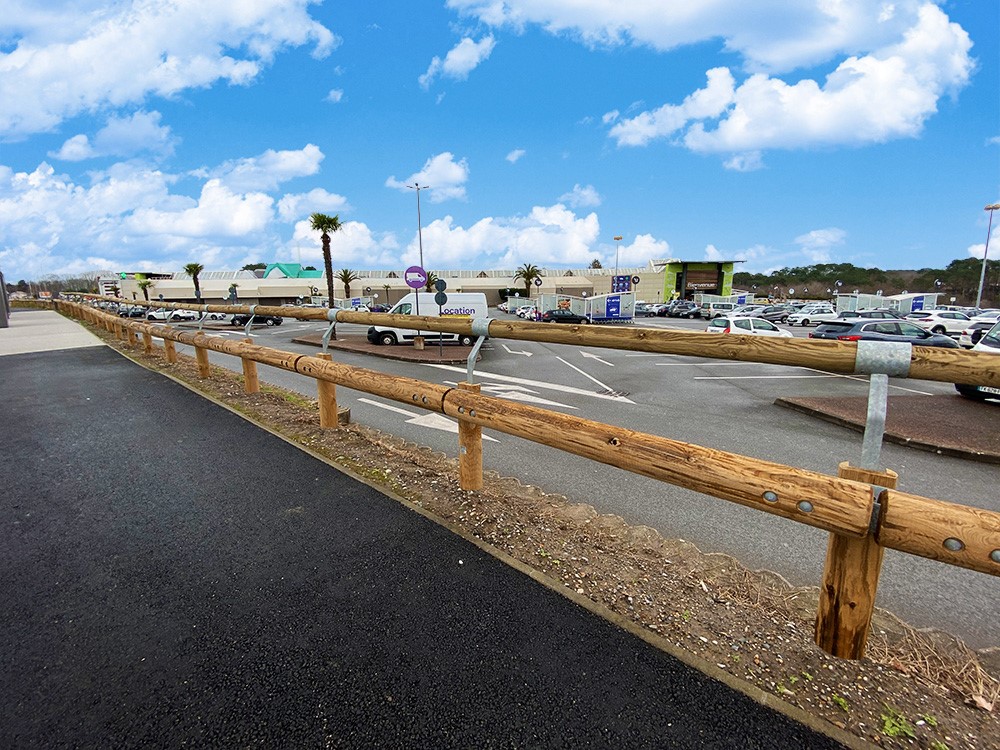A road shared by all? SOLOSAR believes in it!

At SOLOSAR we have long been convinced that the road should be shared by all, vehicles, pedestrians and cyclists. It is not always easy to put this into practice...
Cycling also represents numerous advantages for the territories and their inhabitants:
- 0 greenhouse gases,
- no noise pollution
- contributes to the improvement of the health of all
- avoids the regrouping in the public transport
- allows you to discover the tourist assets of the regions at your own pace
- fills in the gaps in transportation services that are sometimes insufficient
A new mobility to (re)discovers for communities
.jpeg)
This active mobility is a profitable investment that presents a very positive cost/benefit ratio, for those who practice it, but also for the community that implements it.
Cycle path or cycle lane, cycle route, greenway, etc. What is this?
.jpeg)
The local authorities responsible for roads can develop routes on their own initiative to encourage cycling.
- cycle path defined in article R. 110-2 of the highway code as reserved for two- or three-wheeled cycles
- cycle lanes, exclusively reserved for two- or three-wheel cycles on a multi-lane roadway.
- The greenway created by the decree of September 16, 2004 is a road exclusively reserved for non-motorized vehicles, pedestrians and horseback riders
The bicycle: the star of confined
.jpeg)
The bicycle has become the star of the first confined! COVID-19 has accelerated the learning curve of many actors, especially local and regional authorities.
They are now supporting the development of cycling in their areas, especially for short trips.
Ambitious national objectives to be implemented at the local level

France has set itself the goal of achieving carbon neutrality by 2050 while ensuring social justice.
In addition, the modal share of cycling must represent 9% by 2024 and 15% by 2050. In 2019, the modal share of cycling in France was 2.7% of all trips under 80km, well below the European average of 8%.
Therefore, significant efforts in local cycling policies will need to be put in place to achieve these goals.
The development of bicycle paths: the keystone of the deployment of cycling for all
.jpeg)
The major challenge is to create conditions that are conducive to cycling. We sometimes see that the lack of bicycle facilities and dedicated bike paths does not encourage residents or tourists to use them.
The bike path should be a safe, calm and well thought out place. Here are some elements of a successful design:
Separation of pedestrian and bicycle flows with non-aggressive fencing
.jpg)
speed control by means of bicycling fence:
LStops, especially on long trips, allow for refreshments and the opportunity to enjoy the charm of a tourist attraction. Tables and benches provide comfort to cyclists, especially if they are travelling with their families.

removable wood bollards allow selective and easy access for bicycle path maintenance workers
.jpg)
Informative or tourist communication to promote local assets and orientation for cyclists

The separation of car and bicycle traffic lanes is essential for increased user safety. Only a guardrail tested according to current standards will guarantee this necessary protection.

A well-conducted project must be thought out in advance and calling upon experts in the field of landscaping will guarantee success
Because we believe that your project is unique, the SOLOSAR team is at your disposal to visit your site and work with you to optimize your future bicycle path according to your technical and budgetary constraints.
It all starts here: SOLONATURE
Bibliography:
Cycling facilities are defined in a document entitled "Recommandations pour les aménagements cyclables" (RAC), published by the CERTU, now CEREMA (center for studies and expertise on risks, the environment, mobility and development).


